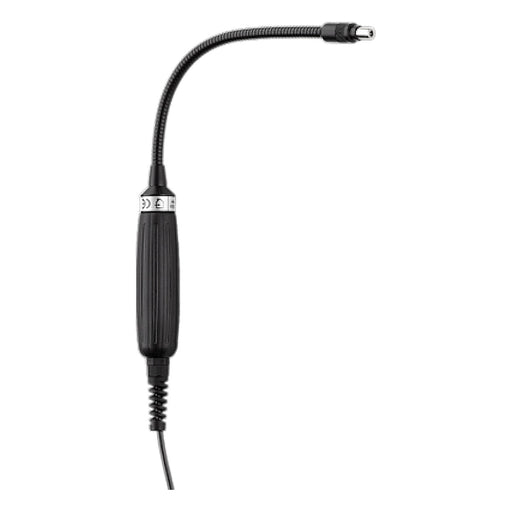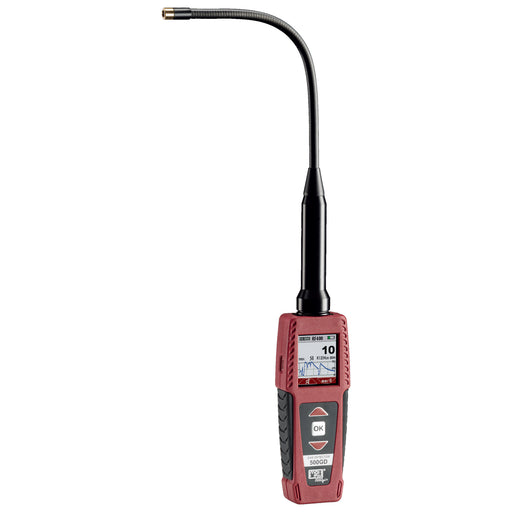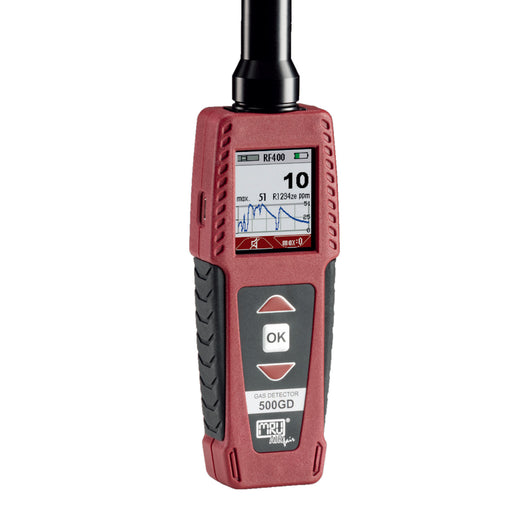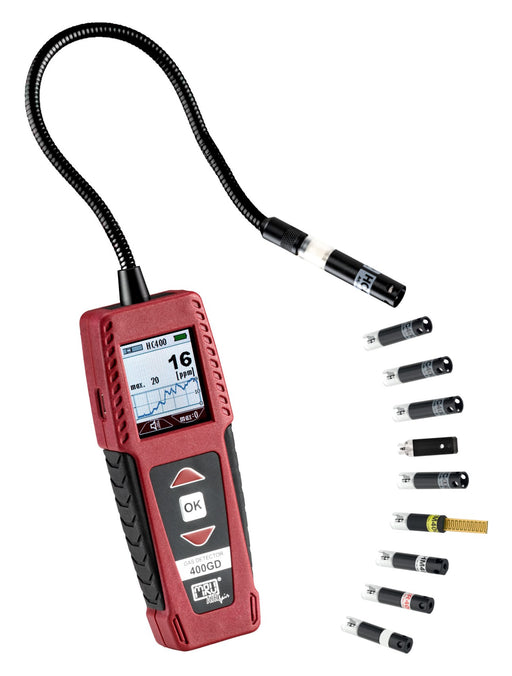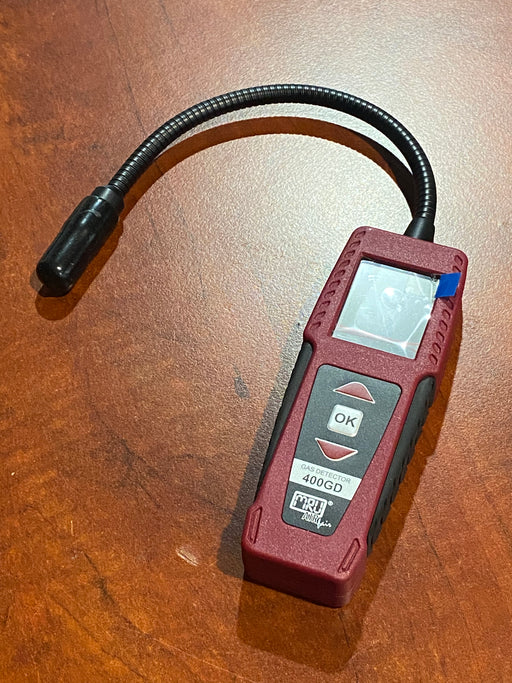Send Inquiry For More Info
Gas sniffers
Gas sniffers, also known as gas leak detectors or gas detectors, are handheld devices designed to detect and locate the presence of gas leaks in various environments. They are particularly useful in situations where gas leaks could pose safety hazards, such as in industrial settings, residential spaces, and commercial buildings. Gas sniffers work by sensing the concentration of a specific gas in the air and alerting the user when the gas concentration exceeds a certain threshold.
Gas Sniffers at Diamond Scientific
Our range of gas sniffers includes a variety of portable or personal monitor devices that work using different types of sensors or probes. These sensors can detect different gasses including flammable gasses like methane (CH4) and propane (C3H8), toxic gasses like Carbon monoxide (CO) and even volatile organic compounds (VOCs). Gas sniffers can also be different on the basis of their operating principles like catalytic combustion or infrared absorption or others. You can choose an appropriate model based on your requirements.
Gas sniffers are commonly used by professionals in industries such as construction, HVAC, oil and gas, and firefighting to identify and locate gas leaks quickly. We only deliver high-quality and reliable gas sniffers because of their significance in ensuring safety and preventing accidents.
FAQ
A gas sniffer is a handheld device used to detect the presence of hazardous or toxic gasses, especially in confined spaces or areas that are difficult to access. It works by drawing in air and analyzing it for the presence of particular gasses, such as combustible gasses. They are commonly used in applications like leak detection, safety inspections, and maintenance tasks to identify potential gas leaks or hazards.
The accuracy of gas sniffers can vary depending on factors such as the type of gasses being detected, the technology of detection used in the sniffer, and the quality of the device. High-quality gas sniffers usually provide reasonably accurate results that are +/- 5% of the actual value. It is important to calibrate and maintain a gas sniffer regularly to maintain its accuracy.
Gas sniffers are available in different types. Photoionization detectors or PIDs are used for VOCs and work by ionizing gasses and measuring the resulting current. Infrared gas sniffers use infrared light absorption. Catalytic bead sniffers are ideal for combustible gasses and work by detecting temperture changes. Electrochemical sniffers rely on chemical reactions and electrical signal changes.




